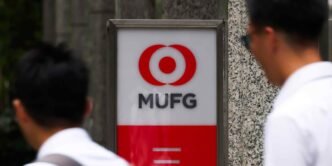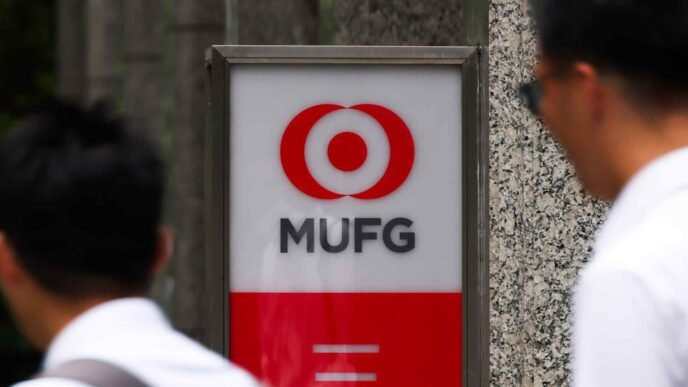Stocks rocketed higher Monday after the U.S. and China announced an agreement to reduce, for now, their reciprocal tariffs, offering a sense of relief for investors who’d feared a significant economic downturn from President Donald Trump’s trade policies.
The Dow Jones Industrial Average closed up more than 1,100 points, an increase of about 2.8%. With those gains, the Dow is now even for the year after having declined as much as 11%. Still, it remains 5.5% below the highs it reached in Febru.
The S&P 500, the broadest stock index, added 3.3%. The tech-focused Nasdaq soared 4.4%, and is now in a bull market, having gained 20% from the low it just saw one month ago — though it remains 6.7% off from its Febru all-time high.
Other indicators pointed to growing optimism that the economic damage of tariffs may end up being more limited than feared.
Most notably, the odds that the Federal Reserve will keep interest rates at current levels through its July meeting surged more than 17 percentage points on fears that current levels of inflation will not abate.
There had been growing expectations that an economic slowdown related to tariffs would push the Fed to cut rates in order to boost the economy.
In a joint statement early Monday, the U.S. announced it would slash the duties levied on Chinese imports from 145% to an all-in rate of 30% for 90 days, while China’s levies on U.S. imports would drop from 125% to 10%. For the U.S., the 30% rate represents a 10% baseline rate plus a 20% rate imposed to get China to curb fentanyl flows.
That has alleviated some of the graver concerns about where the U.S. economy is headed and what it means for U.S. companies.
“We believe the risk of a more severe economic downturn is now more limited, and we rate US equities as Attractive,” UBS analysts said in a note to clients late Sunday, before the joint statement had even been released.













